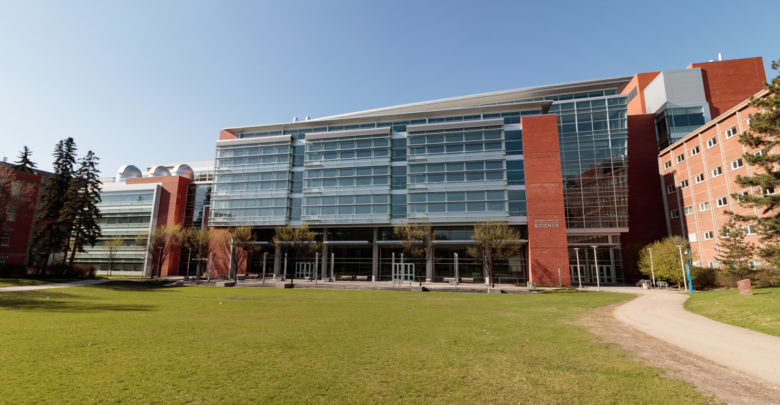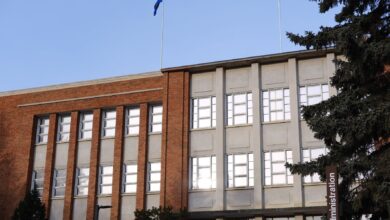 Christien Ford
Christien FordAshwin Iyer, a University of Alberta professor and vice-chair in the electrical and computer engineering department, is researching wireless communication and the emerging technology of metamaterials. Iyer is leading a research team that aims to create protection out of metamaterial technology for Canadian soldiers on the battlefield.
Metamaterials are designed using circuits that change the way metamaterials interact with energies, in ways that aren’t typically found in nature.
Iyer frequently works with wireless communication hardware sites. He hopes to combine wireless communication and metamaterials, which can then be “put into devices like antennas and circuits that are needed for all of our wireless communications systems.”
He is currently working on a defence project that will protect soldiers in harsh environments through the use of metamaterials. This project is funded through the Innovation for Defence Excellence and Securities program from the Department of National Defence, with $1.5 million dollars granted over the course of three years.
“They’re looking for dual-use technologies. Technologies that have civilian and military applications,” Iyer said.
The two companies involved are AUG Signals and Meta Materials Incorporated — both of which have technologies that Iyer thinks will make implementing his research more realistic.
The project is planning to put sensors without batteries in soldiers’ bodies that will track information like heart rate, brain activity, and damage to internal organs. As these things change in real-time, they are received by a central commander, enabling them to make faster decisions in potentially life-threatening conditions.
“We want to put sensors on the skin, in clothing, and have ingestible sensors. All of these need small antenna technology, which is a question of fundamental physics,” Iyer said.
Rashid Mirzavand, an assistant professor in the U of A electrical and computer engineering department and collaborator on the project, has found a way to build these types of sensors using Radio Frequency Identification (RFI) technology, which will allow sensors to run without the use of a battery.
Although RFI technology is limited, Iyer explained that “the sensor doesn’t have to be powered because all it’s doing is scattering back the energy and the wave already used.”
Although the sensors are still in the developmental stage, Iyer has received emails from veterans who provided insight on how to add to this project.
“To hear that this project resonated with veterans of the forces, who then come out and say, here are some things you want to know from the perspective of the warfighter on the battlefield, that’s invaluable to us. It gives us a new perspective to address and shows us that what we’re doing has real impact,” Iyer said.
“Without an understanding of waves, we would not have left the bounds of the earth. We communicate with each other because of advances in this field,” Iyer said.
After the interview, Iyer added that he did research on wireless sensors with late U of A engineering professors, Mojgan Daneshmand and Pedram Mousavi. After they passed in the PS752 Ukraine Airlines downing three years ago, Iyer decided to start this project as a way of continuing Daneshmand and Mousavi’s work.
Going forward, Iyer and his research team will continue recruiting undergraduate and graduate students to join the research process. Iyer also said that they will be collaborating with other people who have received grants to identify how elements react with one another, also known as “synergies.”
“We’re all working independently right now, but we’re building technologies that can ultimately be put together to expedite deployment on the field.”




